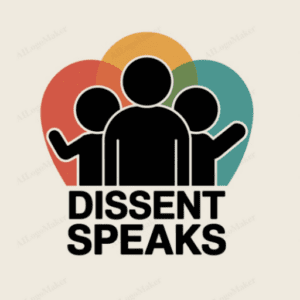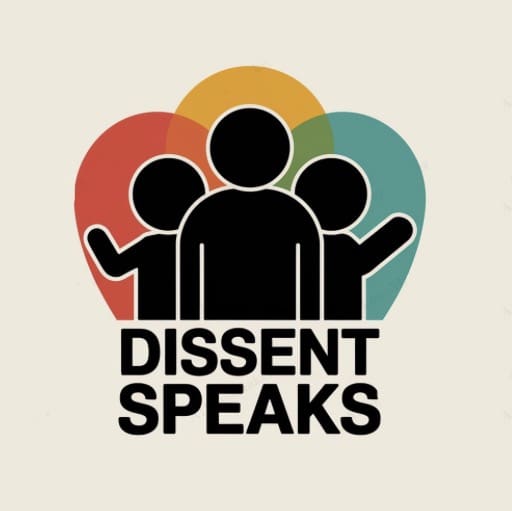House Bill 722 (H.R. 722), introduced in the current legislative session, represents one of the most significant challenges to reproductive rights in the United States since the Supreme Court’s landmark Dobbs v. Jackson Women’s Health Organization decision. This proposed legislation seeks to fundamentally redefine personhood under the 14th Amendment of the U.S. Constitution, potentially creating unprecedented restrictions on reproductive healthcare access across the nation.
The Language of the Bill: A Critical Analysis
The bill’s core premise revolves around extending 14th Amendment protections to “preborn human persons,” effectively granting constitutional rights from the moment of conception. This seemingly straightforward language masks complex and far-reaching implications for healthcare, personal autonomy, and civil rights.
The terminology “preborn human persons” is particularly concerning, as it introduces a novel legal concept that could have ramifications far beyond abortion rights. This language could potentially impact:
- Medical research involving embryonic cells
- Fertility treatments and IVF procedures
- The legal status of miscarriages
- Emergency medical interventions during pregnancy complications
Immediate and Long-Term Impacts
Healthcare Access
The bill’s passage would create immediate challenges for healthcare providers and patients across the country. In states that currently maintain abortion access, medical professionals would face a stark choice between providing necessary care and potential federal prosecution. The legislation would effectively override existing state protections for reproductive healthcare, creating a uniform federal ban.
Disproportionate Effects on Vulnerable Communities
Research indicates that restrictions on reproductive healthcare disproportionately affect marginalized communities. According to the Guttmacher Institute’s analysis of similar legislation, the following groups would face the most severe impacts:
- Low-income individuals who cannot afford to travel for healthcare
- Communities of color who already face systemic healthcare barriers
- Rural residents with limited access to medical facilities
- Young people who may lack resources and support systems
Legal Implications
The bill’s interpretation of the 14th Amendment represents a significant departure from established constitutional law. This shift could create a cascade of legal challenges affecting:
- Privacy rights in medical decision-making
- The doctor-patient relationship
- State sovereignty in healthcare regulation
- Individual bodily autonomy
Actionable Steps for Concerned Citizens
Immediate Actions
- Contact Your Representatives
- Find your congressional representatives at House.gov
- Schedule in-person meetings with local staff
- Make regular phone calls to express your position
- Send written correspondence detailing personal impacts
- Engage with Local Organizations
- Join reproductive rights advocacy groups
- Attend community meetings and forums
- Participate in peaceful demonstrations
- Support legal defense funds
Long-Term Engagement
- Electoral Participation
- Register to vote and maintain registration
- Research candidates’ positions on reproductive rights
- Volunteer for campaigns aligned with your values
- Encourage others to participate in the democratic process
- Community Organization
- Form or join local action groups
- Create educational resources for your community
- Build coalitions with allied organizations
- Develop sustainable advocacy networks
Supporting Affected Communities
- Direct Support
- Donate to abortion funds
- Volunteer with reproductive health organizations
- Offer transportation assistance where legal
- Share accurate, updated resources
- Healthcare Access
- Support clinics providing comprehensive healthcare
- Advocate for expanded medical services in underserved areas
- Push for improved healthcare infrastructure
- Work to reduce barriers to care
Looking Forward: The Path Ahead
The introduction of H.R. 722 represents a critical moment in the ongoing debate over reproductive rights in America. The bill’s sweeping language and potential impacts demand immediate attention and sustained engagement from concerned citizens.
As similar legislation continues to emerge at both state and federal levels, building resilient networks of support and resistance becomes increasingly important. Understanding the bill’s implications and taking concrete action to protect reproductive rights remains crucial for preserving healthcare access and individual autonomy.
Additional Resources
Legal Support and Information
- American Civil Liberties Union (ACLU): Legal resources and updates
- Center for Reproductive Rights: Policy analysis and advocacy tools
- National Advocates for Pregnant Women: Legal assistance and education
Healthcare Access
- Planned Parenthood: Healthcare services and education
- National Abortion Federation: Provider listings and support
- Indigenous Women Rising: Specialized resources for Indigenous communities
Advocacy and Education
- NARAL Pro-Choice America: Advocacy training and organizing tools
- SisterSong: Reproductive justice resources
- All* Above All: Policy education and advocacy
Conclusion
H.R. 722 represents more than just another piece of legislation; it embodies a fundamental challenge to reproductive healthcare access and individual autonomy in America. Through informed action, sustained advocacy, and community organization, concerned citizens can work to protect these essential rights and ensure accessible healthcare for all Americans.
The path forward requires vigilance, dedication, and coordinated effort from individuals and organizations committed to preserving reproductive healthcare access. By understanding the bill’s implications and taking concrete action, we can work to ensure that essential healthcare remains accessible to all who need it.
This analysis is based on current information and legal interpretations. For the most up-to-date information, consult legal professionals and advocacy organizations in your area.

